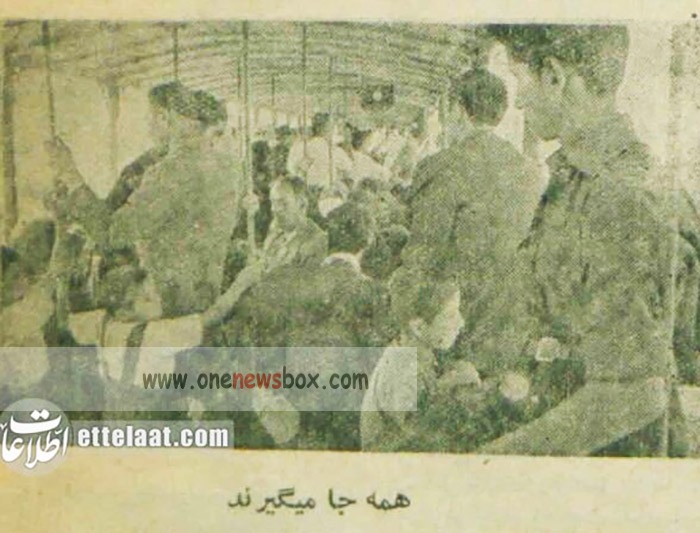Following an accident that resulted in the death of a cleric, certain members of the clergy labeled the train as “the Devil’s Car” (Arabeh-ye Sheytan). Their denunciations discouraged portions of the devout population from using the railway, especially at times of heightened public sensitivity.
At only 8–9 kilometers long, the railway covered a distance already commonly traveled:
-
on foot,
-
on horseback,
-
or by carriage.
For many, the cost and novelty of the railway did not outweigh the convenience of traditional methods.
4. Cultural and Operational Incompatibilities
As Iranians were unfamiliar with the rules and etiquette of railway operation, disruptions and misunderstandings were common. For example:
-
Children would run onto the tracks.
-
Vendors attempted to load goods while the train was moving.
-
Passengers pulled emergency brakes unnecessarily.
These behaviors sometimes damaged equipment and contributed to delays.
A Symbol of Early Modernity
Despite its challenges, the Tehran–Shah Abdul Azim Railway played a pivotal role in Iranian history. It was:
-
The first railway to operate in Iran,
-
A symbol of technological progress,
-
A cultural landmark for generations of Tehranis,
-
A precursor to later national transportation projects.
For 64 years, the Smoke Machine served pilgrims, traders, families, and curious citizens. It became an inseparable part of the daily life and memory of Tehran’s residents.

